Expressionism: Where Emotion Took Over the Canvas
Author:
GeorgeUpdated:
06.04.2025


- Key Takeaways
- What Is Expressionism, Really?
- How Expressionism Was Born from Chaos
- Who Were the Trailblazers? Meet the Icons of Expressionism
- 1.Egon Schiele: Raw Emotion in Every Line
- 2.Otto Dix: Painting the Brutality of War
- 3.Franz Marc: Finding Emotion in Nature
- 4.Ernst Ludwig Kirchner: Urban Anxiety and Self-Destruction
- 5.Käthe Kollwitz: Grief, Strength, and the Human Struggle
- 1.
- 6 Iconic Expressionist Paintings That Say It All
- 6.2. Street, Berlin by Ernst Ludwig Kirchner
- 7.3. Self-Portrait as a Soldier by Ernst Ludwig Kirchner
- 8.4. Portrait of Wally by Egon Schiele
- 9.5. The Large Blue Horses by Franz Marc
- 10.6. Stormtroopers Advancing Under Gas by Otto Dix
- 6.
- Why Expressionism Still Feels So Relevant
Ever looked at The Scream by Edvard Munch and thought, “Yep, that’s exactly how I feel today”?
You're not alone. That painting, with its wild colors and open-mouthed panic, has become a symbol of pure emotion. But here’s the thing—it wasn’t trying to look pretty. It was trying to feel real.
That’s the whole point of Expressionism—an art movement that threw out the rulebook on realism and said, “Let’s show what’s going on inside.” In a world that felt like it was falling apart, these artists didn’t hold back. They painted anxiety, loneliness, chaos—raw and unfiltered.
As Ernst Ludwig Kirchner once said,
“Art is the expression of the soul of the artist.”
Expressionism took that idea and ran with it—straight into the deepest parts of the human experience.
So how did it all begin? And why does it still speak to us today? Let’s get into it.
Key Takeaways
Expressionism is all about showing emotions, not realism.
It began as a reaction to chaos, war, and modern life.
Artists like Munch, Schiele, and Kirchner painted what they felt inside.
The movement used bold colors, strange shapes, and raw energy.
Expressionist art is messy, emotional, and deeply human.
It still connects with people today, especially around mental health.
Expressionism reminds us that art doesn’t have to be perfect to be powerful.
It’s about feeling something—and not being afraid to show it.
What Is Expressionism, Really?
Expressionism is all about emotion. It’s a style of art where feelings take the lead and everything else—realism, proportion, perfection—takes a backseat. Instead of showing the world exactly as it looks, Expressionist artists showed it as it felt to them.
Imagine trying to paint anxiety, joy, or grief. The result might look distorted, dramatic, or intense—and that’s exactly the point. Expressionism gives shape and color to what’s going on inside, even if it means bending reality to do it.
It’s loud. It’s raw. And it doesn’t try to hide anything.
Expressionist art isn’t always easy to look at, but it’s almost impossible to ignore.
How Expressionism Was Born from Chaos
The world at the start of the 20th century was anything but calm. Cities were growing fast, machines were taking over, and war was looming in the background. People felt overwhelmed, disconnected, and unsure of what the future held.
Then came World War I—and everything broke.
Artists, like everyone else, were shaken by the violence, the loss, and the sheer scale of destruction. But instead of pretending things were fine, they poured that chaos into their work. Expressionism became a response to the noise, the fear, and the emotional fallout. It was less about documenting the outside world and more about surviving the inside one.
At the same time, psychology was gaining ground. Thinkers like Freud were talking about dreams, trauma, and the subconscious—and artists were listening. Suddenly, what was going on in the mind mattered just as much as what was happening in the world.
Expressionism became the visual voice of a generation that didn’t want to stay quiet anymore.

Who Were the Trailblazers? Meet the Icons of Expressionism
The key figures of Expressionism were artists who didn’t just paint what they saw—they painted what they felt. They pushed boundaries, broke rules, and turned raw emotion into powerful works of art. Each one had a distinct voice, a different focus, but all shared the same mission: to make inner experience visible.
Egon Schiele: Raw Emotion in Every Line
Schiele’s work is instantly recognizable—thin, twisted figures, hollow eyes, and a sense of emotional exposure that’s hard to look away from. His portraits, often of himself or close companions, felt deeply personal, almost invasive. Themes of sexuality, mortality, and inner conflict were everywhere in his work. He died young, but in just a few years, he created hundreds of drawings and types of paintings that still feel brutally honest.
Otto Dix: Painting the Brutality of War
Dix didn’t shy away from the darkest sides of humanity. A soldier in World War I, his experiences on the front lines shaped much of his work. His sad paintings and etchings didn’t glorify war—they exposed its horror. They showed broken bodies, haunted faces, and the psychological scars left behind. His visual style often combined harsh realism with surreal, nightmarish distortions.
Franz Marc: Finding Emotion in Nature
Marc’s art was full of color, animals, and symbolism—but it was never just about being pretty. He believed that animals represented innocence in a corrupt world. He used bold colors and abstract shapes to express deep emotion. His color choices weren’t random—blue meant spirituality, yellow was joy, red was violence. His work is a key part of the movement’s more hopeful and spiritual side.
Ernst Ludwig Kirchner: Urban Anxiety and Self-Destruction
Kirchner helped found the artist group Die Brücke (The Bridge), one of the earliest Expressionist collectives. His work often captured the chaos of city life—crowded streets, harsh lights, and people who looked tense or disconnected. He also painted many self-portraits, especially during his breakdown after being discharged from the army. His style was jagged, colorful, and emotionally intense.
Käthe Kollwitz: Grief, Strength, and the Human Struggle
Kollwitz focused less on color and more on content as did the color field art movement. Her etchings and lithographs centered on mothers, children, poverty, and the grief of losing loved ones—especially during war. Her work is quieter than some of her peers', but just as powerful, rooted in empathy and social awareness. She brought a grounded, deeply human perspective to the Expressionist movement.
6 Iconic Expressionist Paintings That Say It All
Expressionism wasn’t about pretty pictures or perfect technique—it was about capturing what it felt like to be alive in a chaotic, changing world. These paintings don’t just show emotion—they are emotion, poured out in color, line, and form. Each one reflects a different part of the human experience, from panic to peace, from war to intimacy.
1. The Scream by Edvard Munch
Arguably the most famous Expressionist painting ever made, The Scream is pure, unfiltered panic on canvas. With swirling skies and a figure frozen in horror, Munch turned inner anxiety into a global symbol of emotional overload. He described the moment that inspired it as a sudden feeling of “infinite scream passing through nature,” and that raw intensity bleeds into every part of the painting.

The background seems to vibrate with fear, the landscape melting into emotion, while the figure’s open mouth becomes the voice of our collective inner chaos. It’s more than a painting—it’s a psychological moment everyone has felt, captured forever.
2. Street, Berlin by Ernst Ludwig Kirchner
In Street, Berlin, Kirchner paints city life as anything but glamorous. The scene is packed with people, especially elegantly dressed women, yet no one seems truly present. Their faces are mask-like, eyes vacant, movements stiff—like actors in a performance they don’t want to be part of.

The harsh colors and angular lines create a dizzying sense of disconnection, as if the city is swallowing its people whole. It captures the alienation of modern life, the way you can feel utterly alone even in a crowd. Kirchner’s Berlin isn’t alive—it’s suffocating.
3. Self-Portrait as a Soldier by Ernst Ludwig Kirchner
This haunting dark painting shows Kirchner dressed in a military uniform, staring out with hollow eyes and a severed right hand. It is a symbolic representation of artistic castration. Although he was never physically wounded, the trauma of his brief service during World War I left deep psychological scars, and this painting is a raw expression of that pain.

The background figure, nude and ghostlike, adds another layer of vulnerability and confusion. There’s a loss of identity here, a fear that war has not just harmed his body, but killed a part of his creative soul. It’s one of the most brutally personal pieces in Expressionist art.
4. Portrait of Wally by Egon Schiele
Wally Neuzil wasn’t just Schiele’s lover—she was his muse, and Portrait of Wally captures the complicated, charged connection between them. Wally’s gaze is confrontational, not passive; she looks at the viewer with a mix of defiance and weariness, as if daring us to judge her. The muted tones and rough brushstrokes make the image feel raw and almost unfinished, emphasizing emotion over polish.

Unlike the idealized portraits of earlier eras, this one doesn’t beautify or flatter. It reveals. Schiele’s work often pushed boundaries, and this painting walks the line between love and discomfort, intimacy and exposure.
5. The Large Blue Horses by Franz Marc
In a movement known for chaos and anxiety, The Large Blue Horses stands out for its calm, almost spiritual energy. Marc believed animals were more honest and harmonious than humans, and he used them as symbols of purity in a broken world. The horses are abstracted yet powerful, their bodies flowing into the landscape as if they’re part of the earth itself.

The vivid blue conveys serenity and depth—Marc’s own color code saw blue as the color of masculinity and spirituality. This painting isn’t loud or violent; it’s a quiet, hopeful plea for a return to something natural, something whole.
6. Stormtroopers Advancing Under Gas by Otto Dix
Where Marc’s work was peaceful, Otto Dix’s was brutally honest—and horrifying. Stormtroopers Advancing Under Gas shows faceless soldiers moving forward under the cloud of chemical warfare. They’re more like machines than men, stripped of identity and emotion. The gas masks dehumanize them completely. It makes them symbols of war’s mechanical violence.

Dix had served on the front lines himself, and his art pulled no punches. This painting doesn’t glorify courage or heroism—it shows war as hell on earth. The muted tones, rigid forms, and cold atmosphere leave no room for comfort. It’s a painting that punches you in the stomach and refuses to let go.
Why Expressionism Still Feels So Relevant
Even though Expressionism started over a hundred years ago, it still hits hard today. In a world that often tells us to stay calm, look perfect, and move on, this movement reminds us it’s okay to feel everything—and to show it.
1. It Feels Like Us
Today, mental health is finally being talked about more openly, but there’s still pressure to keep emotions private or hidden behind a screen. Expressionist artists didn’t hold anything back—they painted their fear, sadness, anger, and loneliness right onto the canvas. That kind of vulnerability speaks directly to what so many people deal with now, especially in an age where everything looks filtered and flawless online.
2. The World’s Still a Mess
The original Expressionists lived through war, political collapse, and massive cultural shifts. Their world felt unstable, tense, and overwhelming—kind of like ours. Their work captured what it felt like to be surrounded by chaos, and that emotional energy still feels familiar today. We might have different problems now, but the emotional weight? Still the same.
3. It Helps Us Let It Out
Expressionism showed that art doesn’t have to be polished to be powerful. It can be rough, strange, or even ugly—what matters is that it’s real. That mindset opened the door for emotional expression through art, writing, music, and even things like journaling and therapy. It proved that putting your feelings out there isn’t weakness—it’s survival.
4. It’s Real
Expressionism stands out because it doesn’t pretend. It’s messy, imperfect, and full of emotion—everything modern life often asks us to hide. In a world of curated content and highlight reels, Expressionism still feels like a bold act of honesty. And that’s exactly why people keep coming back to it.
Conclusion
Expressionism was never about capturing perfect landscapes or realistic faces. It was about digging deep, pulling out raw emotion, and letting it live on canvas. These artists weren’t afraid to be vulnerable—they painted fear, love, rage, grief, and everything in between.
Even today, that emotional honesty still speaks to us. We see ourselves in the anxiety of The Scream, the isolation in Kirchner’s city scenes, the brokenness in Schiele’s portraits. Expressionism reminds us that feeling deeply isn’t weakness—it’s what makes us human.
As Karl Schmidt-Rottluff once said,
“The artist's cry, without which art is nothing.”
That cry is at the heart of Expressionism—and it still echoes in every brushstroke. Because in the end, Expressionism isn’t about what you see.
It’s about what you feel.
Frequently Asked Questions
What best describes Expressionism?
Expressionism is an art movement focused on portraying emotional experience rather than physical reality. It uses bold colors, distorted forms, and dynamic brushwork to express inner turmoil, angst, or spirituality.
What is the idea of Expressionism?
The core idea is that art should reflect the artist’s internal emotions rather than depict the external world realistically. Expressionists believed in subjective truth and personal interpretation.
What was the goal of Expressionism?
The goal was to express the human condition, particularly inner conflict, fear, alienation, and social criticism. Artists rejected traditional beauty in favor of emotive power.
Is Starry Night Expressionism?
No, Vincent van Gogh’s Starry Night is Post-Impressionist, but it strongly influenced Expressionism with its swirling, emotive brushwork and psychological undertones.
Is The Scream an Expressionist painting?
Yes. The Scream by Edvard Munch is a key example of Expressionist art. It visualizes intense human emotion through abstract forms and jarring color contrasts.
George, CEO of Photo2painting, is a passionate art lover and entrepreneur. He founded Photo2painting.com from scratch, inspired by his artist friends. As the company's CMO, he manages content and marketing.
Excellent Customer Reviews















































































































































